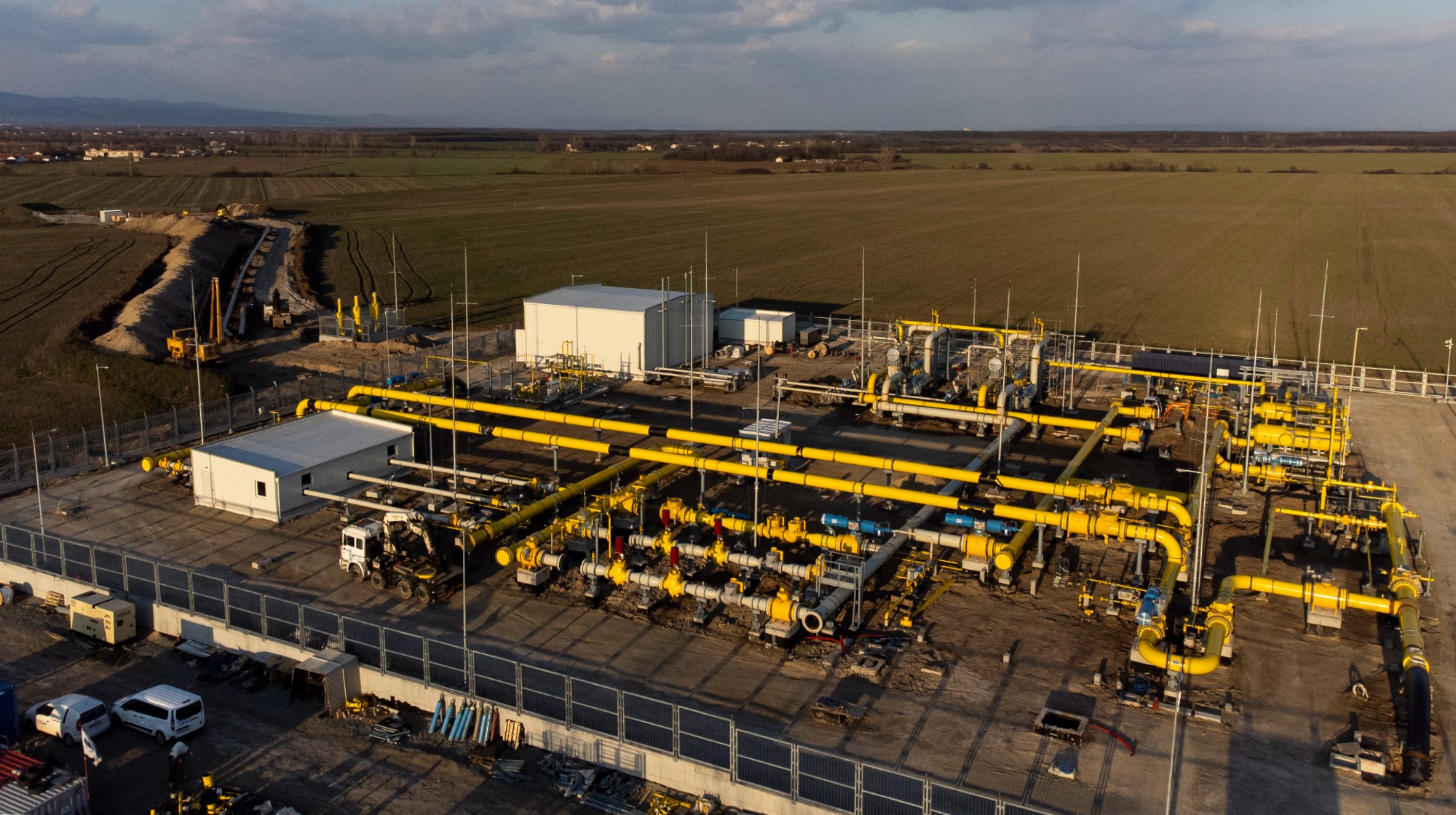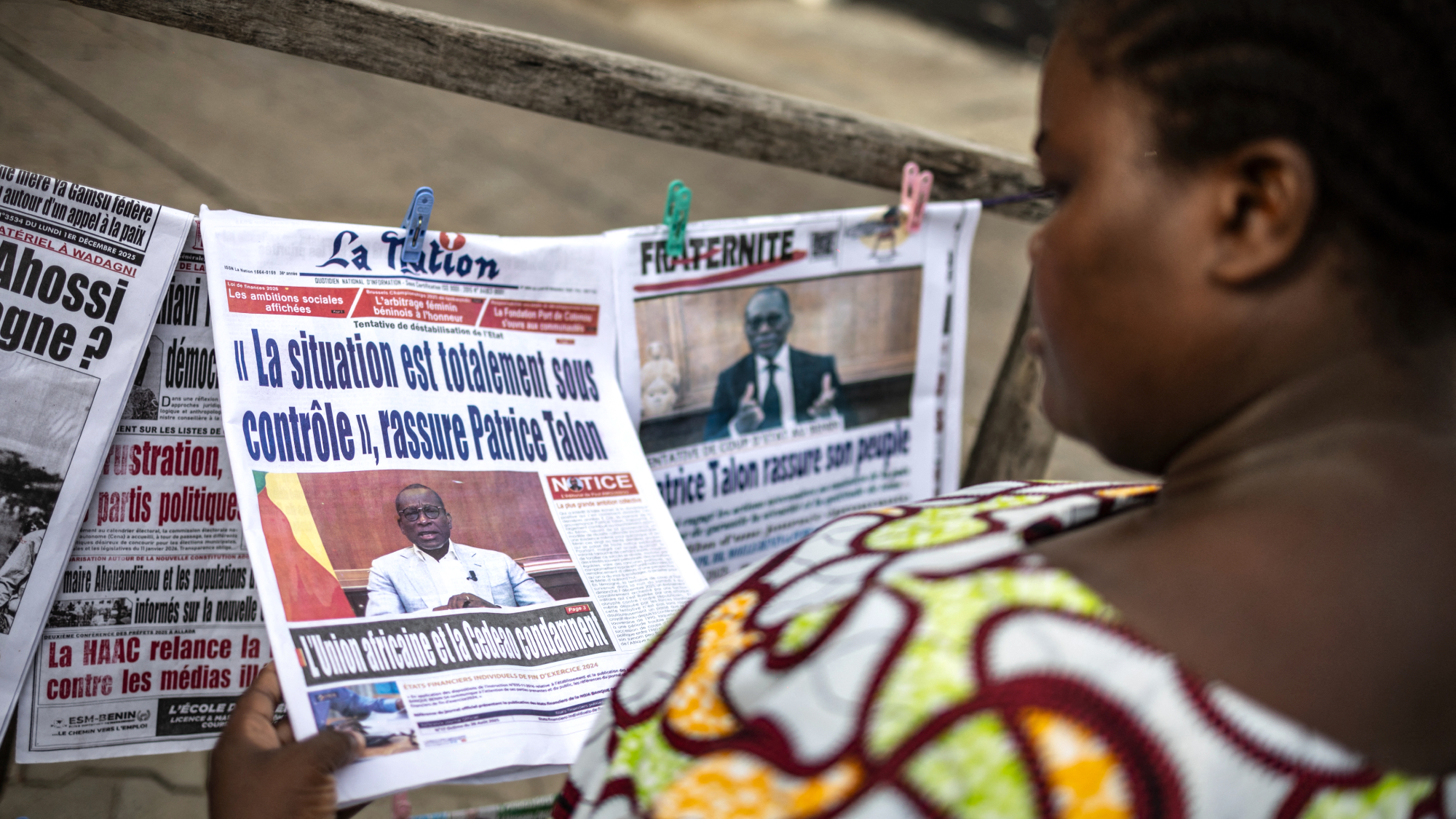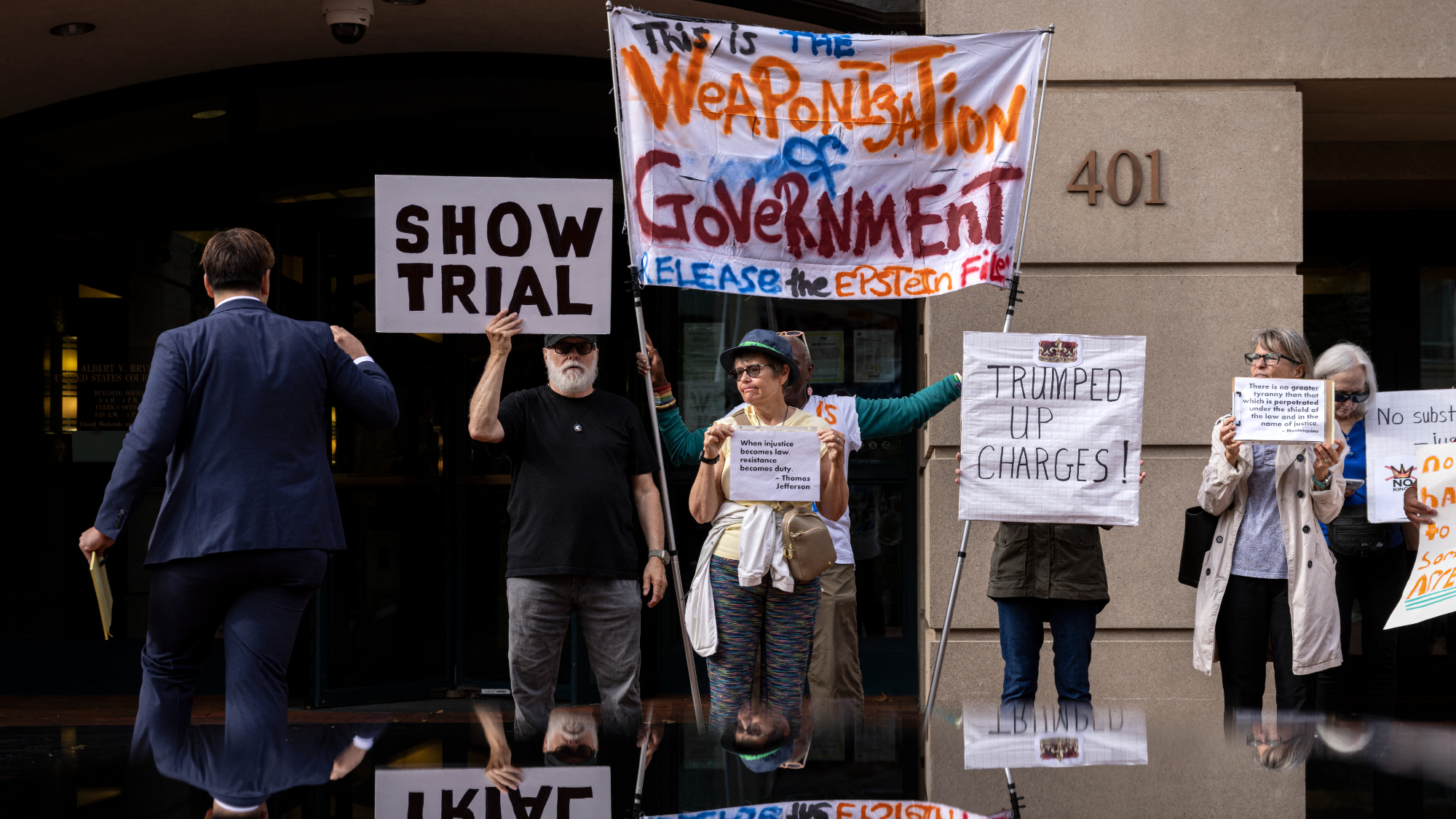Crackdown in Burma
Burmese police fired warning shots and tear gas, and arrested hundreds of people as Buddhist monks and other protesters defied a ban on assembly. Only united international support can protect pro-democracy activists from a brutal crackdown, said The New Y
Burmese police fired warning shots and tear gas, and hauled away hundreds of people Wednesday after Buddhist monks and other protesters defied a ban on assembly. The military government said one man was killed by a ricocheting bullet. Police also blockaded temples in the capital city, Myanmar, an an attempt to prevent the highly respected monks from joining the protests, as they had for the past eight days.
“By dispatching troops into the streets and imposing a curfew, Myanmar’s cruel military junta has set the stage for a serious clash with pro-democracy activists,” said The New York Times in an editorial (free registration). President Bush and the European Union have proposed just the kind of sanctions and united international response that could finally, after 19 years, end the generals’ brutal reign. The question is whether the countries that sell weapons to the army—China, Russia, and India—will go along.
“Don't expect China, a permanent member of the U.N. Security Council, to add its voice to the call for change,” said Jody Williams in OpinionJournal.com. China views Burma as a “strategic ally.” Beijing hopes to use the Southeast Asian nation’s ports for “easier access to oil from Africa and the Middle East,” and it plans to buy natural gas from Burma in its frantic quest for natural resources. So if the international community wants to help Burma’s pro-democracy activists, it can start by pressuring China.
The Week
Escape your echo chamber. Get the facts behind the news, plus analysis from multiple perspectives.

Sign up for The Week's Free Newsletters
From our morning news briefing to a weekly Good News Newsletter, get the best of The Week delivered directly to your inbox.
From our morning news briefing to a weekly Good News Newsletter, get the best of The Week delivered directly to your inbox.
Who knows, said USA Today in an editorial, Burma’s “Saffron Revolution” might just succeed on its own. “If people are persistent enough, even the most brutal governments tend to collapse.” The monks are “a courageous lot”—the military killed thousands of people when it cracked down on similar protests in 1988. But the monks in their saffron robes have transformed what began a month ago as a protest over a doubling in fuel prices into a national uprising demanding peaceful change.
This is all frighteningly familiar, said Joshua Kurlantzick in The New Republic Online. In 1988, the demonstrations had an almost “festive” atmosphere. The pro-democracy activists “took heart from foreign media interest in their struggle.” And then, after watching the demonstrations for weeks, the military cracked down, killing as many as 3,000 people. As the military reportedly has started positioning soldiers around major cities. Another brutal crackdown could be coming.
A free daily email with the biggest news stories of the day – and the best features from TheWeek.com
-
 Europe sets 2027 deadline to wean itself from Russian natural gas
Europe sets 2027 deadline to wean itself from Russian natural gasIN THE SPOTLIGHT As international negotiators attempt to end Russia’s years-long invasion of Ukraine, lawmakers across the EU have reached a milestone agreement to uncouple the continent’s gas consumption from Moscow’s petrochemical infrastructure
-
 Benin thwarts coup attempt
Benin thwarts coup attemptSpeed Read President Patrice Talon condemned an attempted coup that was foiled by the West African country’s army
-
 Trump’s Comey case dealt new setback
Trump’s Comey case dealt new setbackspeed read A federal judge ruled that key evidence could not be used in an effort to reindict former FBI Director James Comey